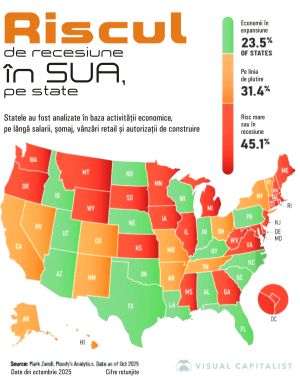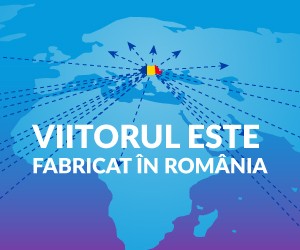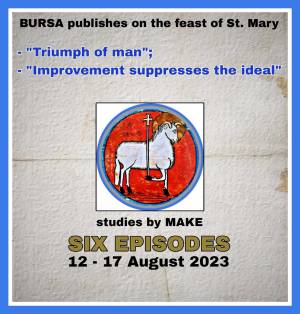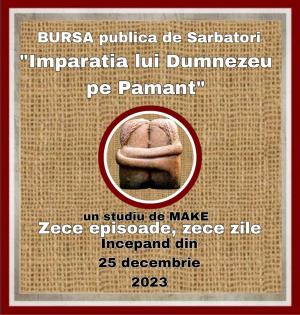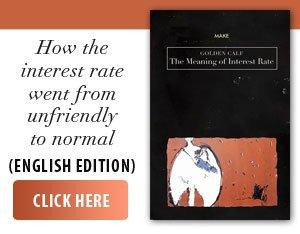A "human safari” that allegedly attracted, for exorbitant sums, wealthy foreigners from Italy, Russia, the United States, Canada, Greece and Western countries, to shoot civilians under sniper terror in the early 1990s in Sarajevo, today's capital of Bosnia-Herzegovina, represents one of the most sinister perversions of war, revealed by the European media.
The phenomenon, dubbed the "Sarajevo safari” by investigators, involved weekend trips to the front line, together with Serbian paramilitary and military units, in which the hunting of people, including children, became a paid pastime. While the locals were hiding behind UN armored vehicles, fleeing with their children under the hail of bullets, foreigners with big money came armed, witnessed the executions, chose their victims, and for the "ultimate trophy” - the child - they paid the most.
According to an extensive report presented by Euronews, in those years, an "excursion” cost the equivalent of a three-room apartment in Milan, and in total about a hundred "death tourists” would have paid between 80,000 and 100,000 euros, in today's value, for a single weekend.
The cited source claims that the first "human hunters” would have come from Trieste, and when the route closed, they would have flown to Hungary, then they would have been transported overland to Belgrade and from there, by buses or helicopters, to Pale, the headquarters of the Bosnian Serbs, just 17 kilometers from Sarajevo. There, according to testimonies, special forces would pick them up and escort them to the firing points on the hills. A former military informant claims that SISMI - the Italian secret service - confirmed in 1994 the existence of these groups coming from Trieste and informed the Bosnian authorities that their activity had been "neutralized". In reality, however, sniper fire continued to claim lives every day.
Military documents, sworn testimonies, medical reports and war diaries, consulted by journalists from the cited source, are now reconstructing the full picture. In 1995, the Italian press, including Corriere della Sera, was already reporting on trials opened in Barcelona and Trento regarding "shooting excursions in Bosnia". Almost three decades later, the documentary film "Sarajevo Safari", made by Miran Zupaniè, brought the horror back to the center of world attention, presenting sniper victims and testimonies of those who survived the hell.
At the center of the investigations is now the Italian investigative journalist Ezio Gavazzeni, who, after years of research, has filed a 17-page file with the Milan Public Prosecutor's Office, supported by two lawyers and a former judge, requesting a criminal investigation against the foreigners involved. According to him, some of these "death tourists" are now doctors, owners of private clinics, businessmen, influential people. Gavazzeni states that most of them were sympathizers of the radical or extremist right and that some of them continue to live freely, with their reputations intact. In Bosnia, the key witness is Edin Suba¹ić, a former combatant and former analyst within the military services, who, following wiretapping, hearings and interrogations in 1993, discovered the confession of a captured Serbian volunteer, who told about five Italians who got off the bus in Pale, armed with expensive hunting rifles, and came to "shoot people". Later, SISMI confirmations would have certified the depositions. Suba¹ić details: on the "safari”, foreigners chose their own target: man, woman, child, pregnant woman or soldier, and the prices were different for each category.
The scenes are heartbreaking: on June 6, 1995, a mother runs with her child in her arms across an exposed intersection, the father watching from the sidewalk to see if they will succeed; two months earlier, another mother ran with her daughter into the city center while snipers fired. Irina Ći¹ić, killed at just one year old, is one of the 1,601 children murdered during the siege. In total, 11,541 civilians perished in the siege, of whom about a thousand were shot by snipers.
A witness for the International Criminal Tribunal, a former US Marine, testified at the trial of Ratko Mladić that he saw foreigners with weapons "more suited to wild boars in the Black Forest than for urban fighting.” Another witness at the trial of Milo¹ević testified about a Canadian of Serbian origin, Nicholas Ribic, who had come explicitly "on safari, to hunt people.” The same Ribic was later convicted in Germany for taking UN soldiers hostage in 1995 and extradited. All the while, the entire structure was allegedly orchestrated, directly or tacitly, by the Bosnian Serb political-military hierarchy, with Karad¾ić and Mladić at the top. Both were later sentenced to life imprisonment for crimes against humanity and genocide, but the "hunting of people” charges were never brought on the international tribunale.
The testimonies are now also casting a heavy shadow over Serbian President Aleksandar Vuèić, who has openly admitted to having volunteered in Bosnia, spending time in the Jewish cemetery - one of the snipers' most important firing points - and who, in 1995, threatened in the Belgrade Parliament that "for one killed Serb, we will kill a hundred Muslims". Vuèić vehemently denies any connection to the "safaris", but demands for an investigation are increasing, especially after a Croatian journalist officially requested an extension of the investigation into him.
Today, Italian prosecutors, American pressure, survivors and global public opinion demand the same thing: the complete truth and criminal responsibility. For the first time, files, testimonies, films, secret service archives and international investigations converge. Perhaps the most profound and long-overdue X-ray of a European moral monster is being prepared: the moment when rich, respectable, elegantly dressed people paid a fortune to kill, for pleasure, other people. Sarajevo has not forgotten and cannot forget. And if justice finally rises on the hills surrounding the city, maybe, at least then, the victims will have the last word.













